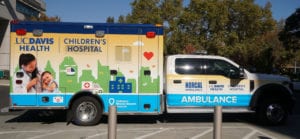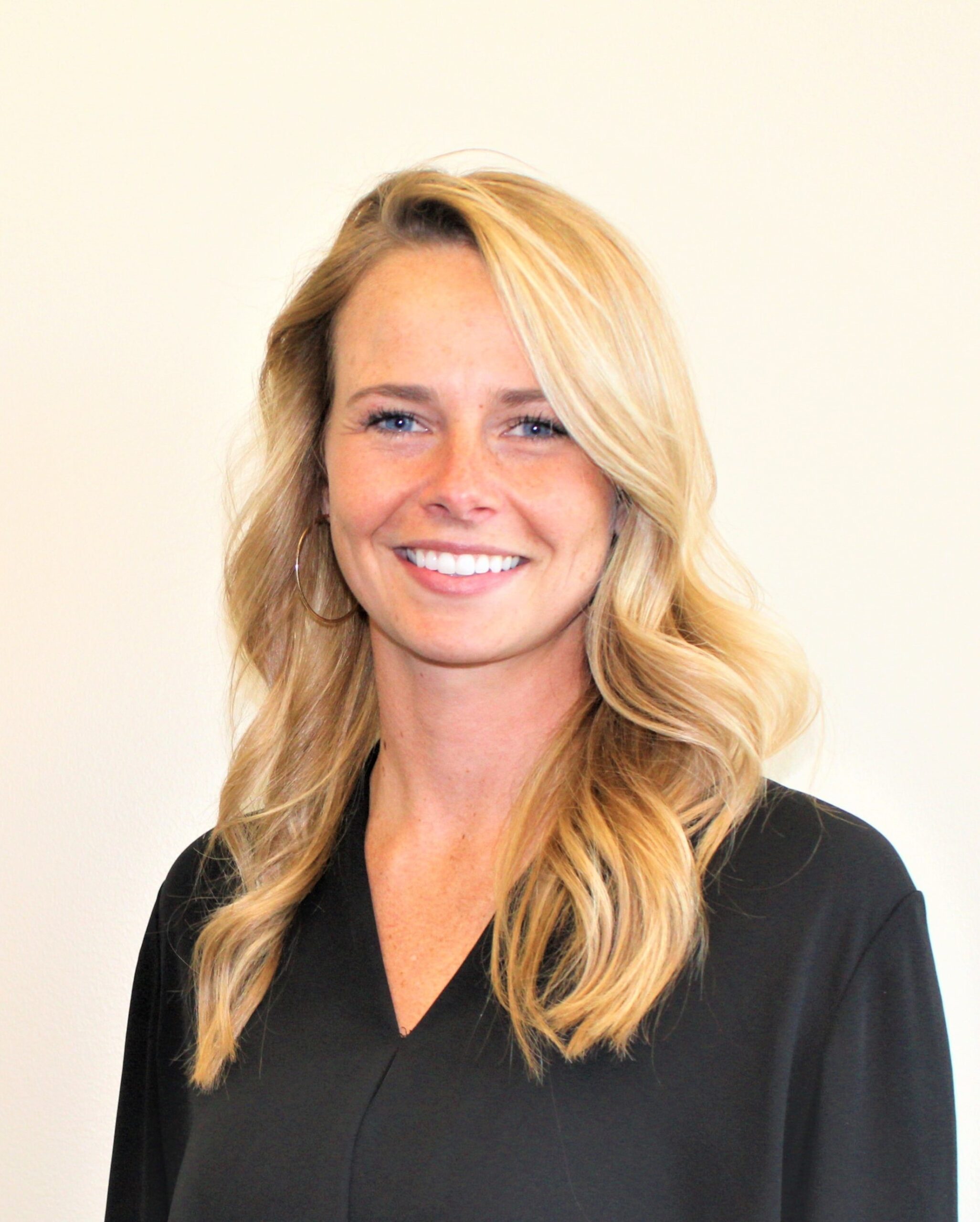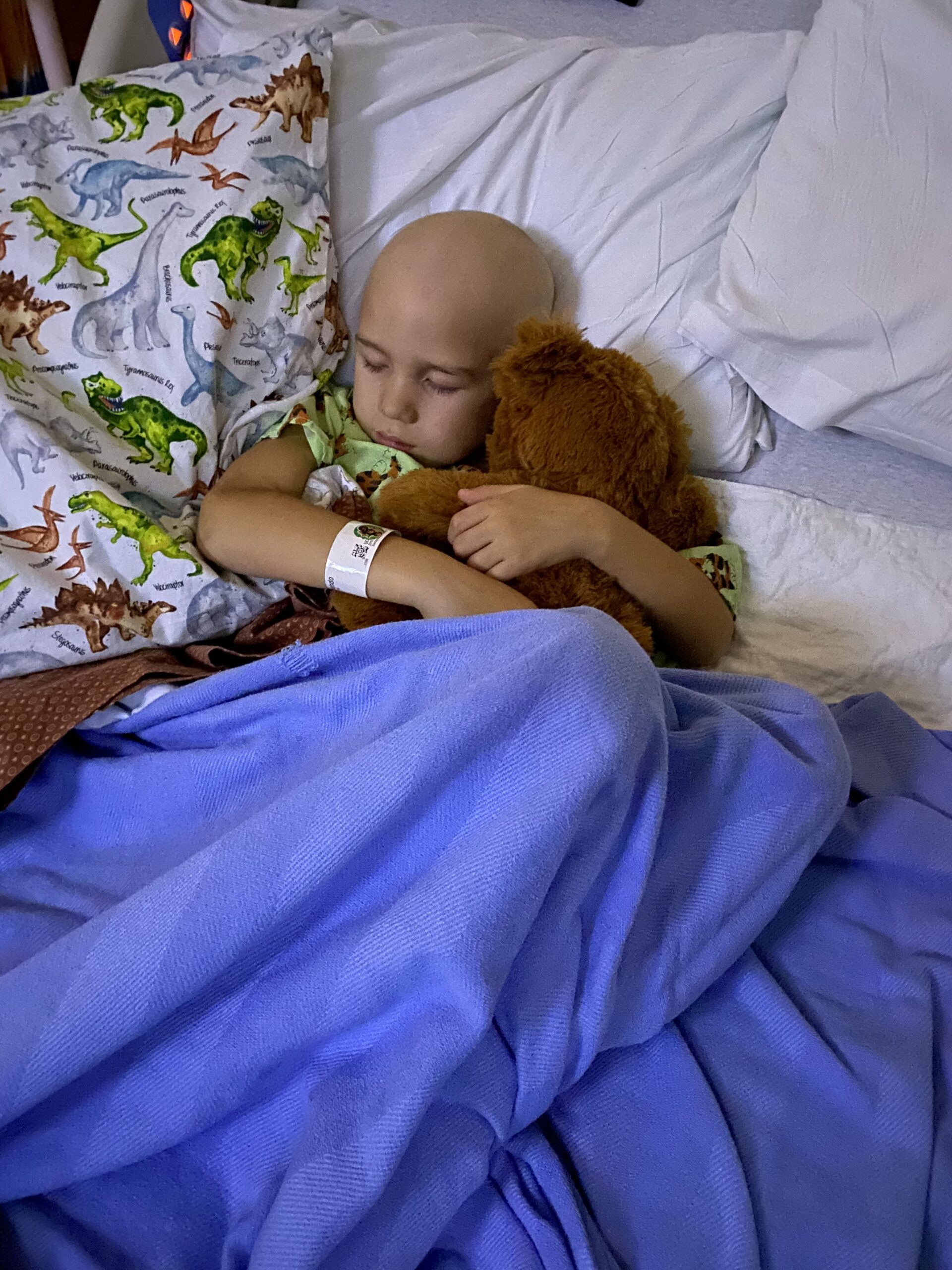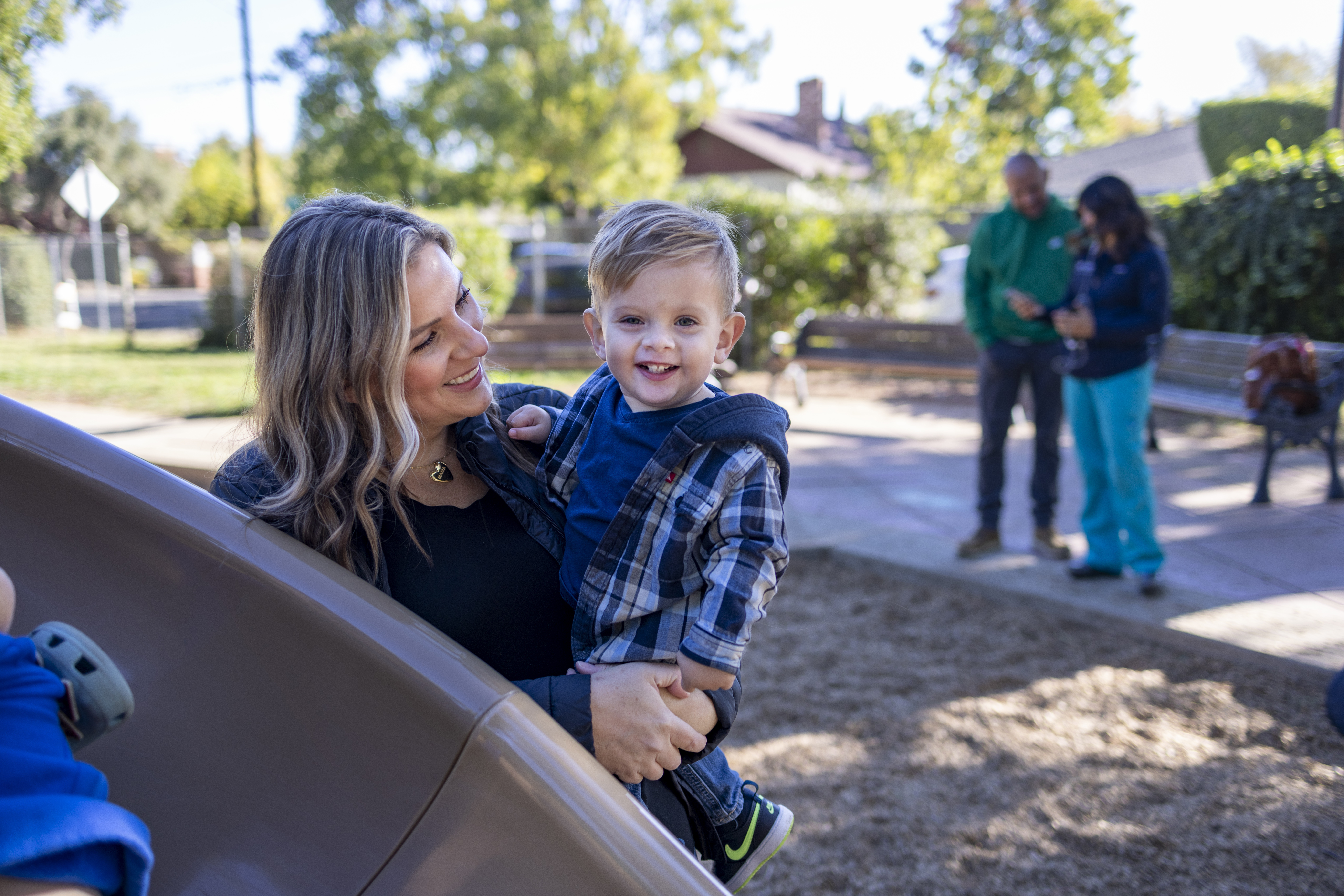Donations in Action: Child-friendly Ambulance
UC Davis Children’s Hospital has a new ride and it is not your average ambulance.
With a child-friendly design and medical features to safely transport the tiniest of patients, the new ambulance brings patients to UC Davis Children’s Hospital from referring hospitals. The hospital’s coverage area includes 33 counties in inland Northern California.

The new ambulance made its debut on the road this month. It is funded by a Children’s Miracle Network Hospitals grant and operated by NORCAL Ambulance.
Built for kids
Some of the new ambulance’s features include:
A state-of-the-art transport isolette, or incubator for premature newborn infants. It is equipped with the latest medical equipment to provide the most advanced care for vulnerable neonatal patients.
A pediatric gurney that can be safely secured during travel.
Ventilators capable of multiple kinds of ventilation. Nitric oxide is also available.
Dual-functioning air conditioning and heater system to cool or warm the air rapidly, which is especially important during hot Central Valley summers.
Touch screen control panel to operate equipment with ease.
Safety harness seat belts for all medical personnel.
Crew cab space for comfortably transporting family members.
An Automatic Vehicle Locator and Global Positioning Satellite System to track the vehicle.
A DVD player so patients can watch a movie.
View a 360-degree tour of the ambulance.
The team behind the ambulance
The new ambulance is staffed by UC Davis Children’s Hospital Transport Team members.
The UC Davis Children’s Hospital Transport Team is available 24 hours a day, seven days a week. More than 800 children are transported each year to UC Davis Children’s Hospital via the UC Davis Children’s Hospital Transport Team.
UC Davis Children’s Hospital’s Transport Team is the most comprehensive in Northern California, with the capability of traveling by ground via ambulance or by air via fixed-wing (Sacramento Executive Airport) or rotor wing (hospital helipad). Team members include advanced practice registered nurses with neonatal and critical care experience. They specialize in bringing an advanced level of care to infants and children at surrounding community hospitals, where expertise and resources may not be available.






